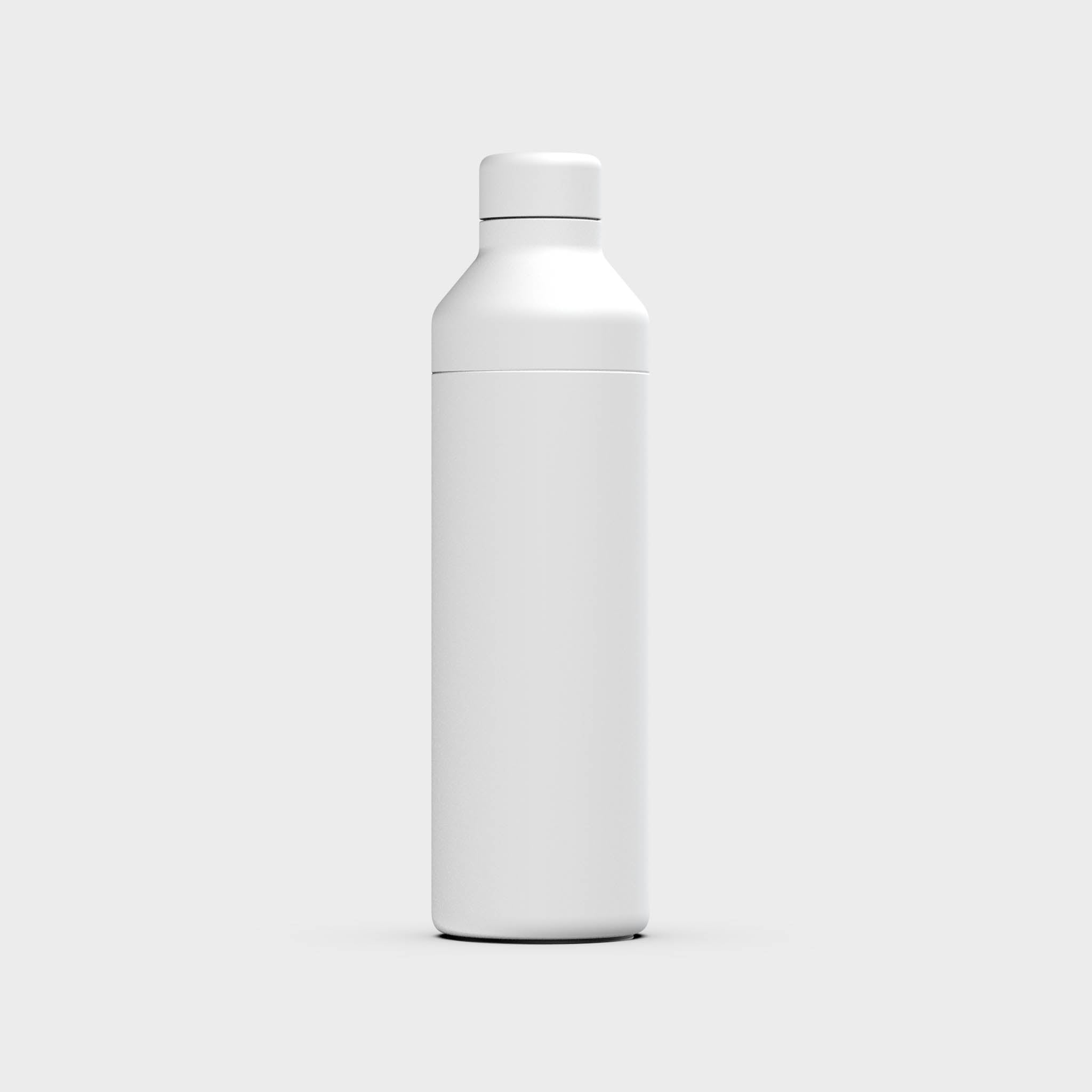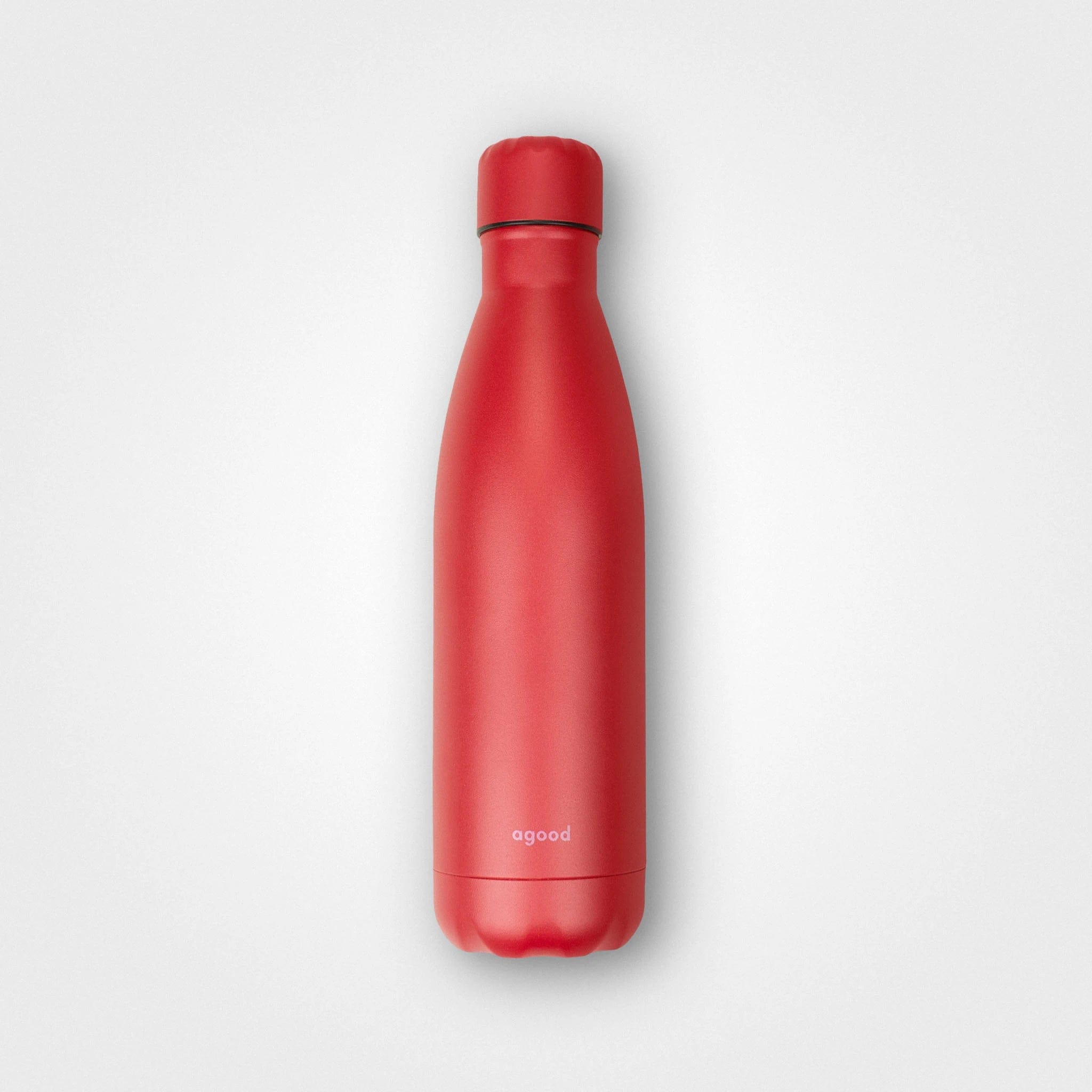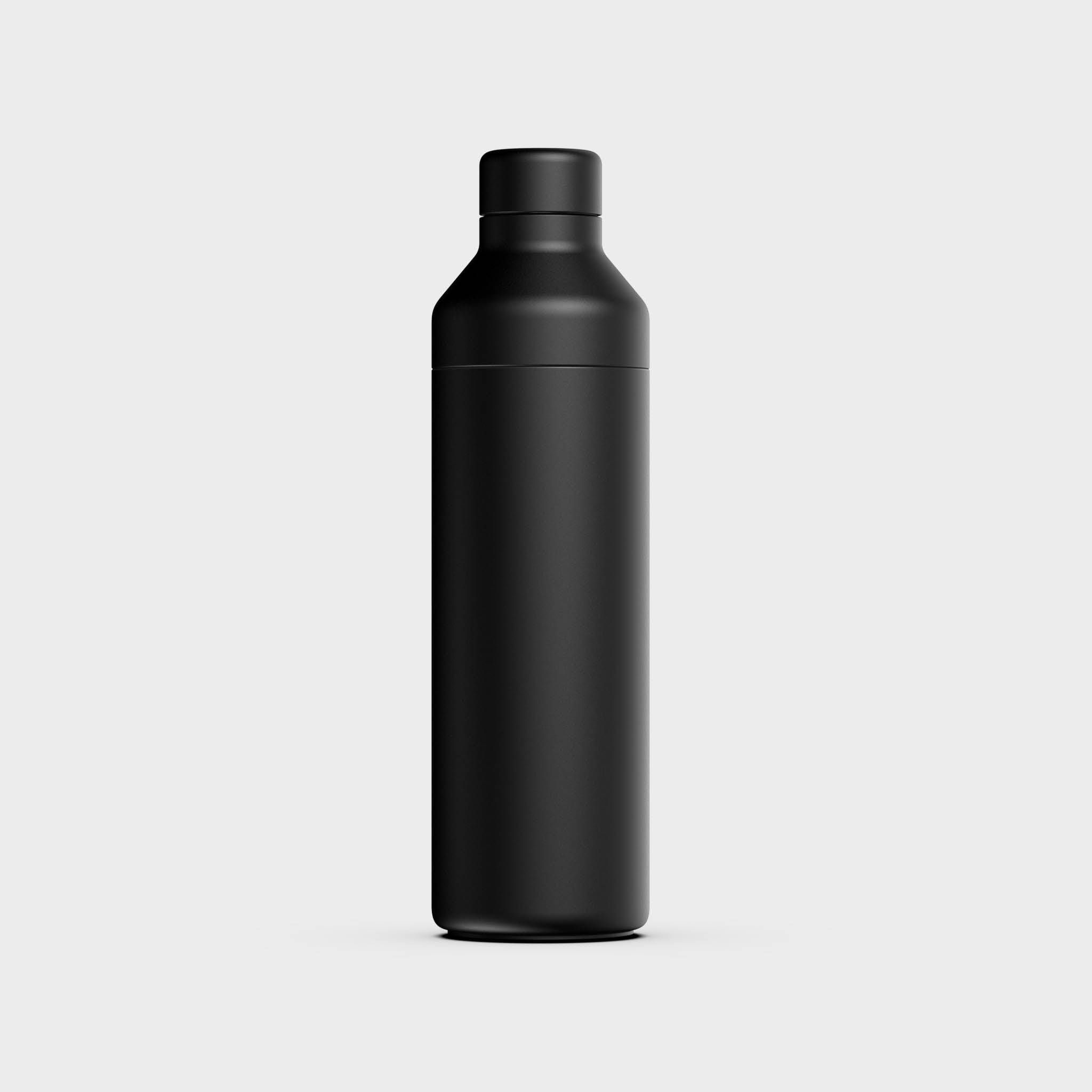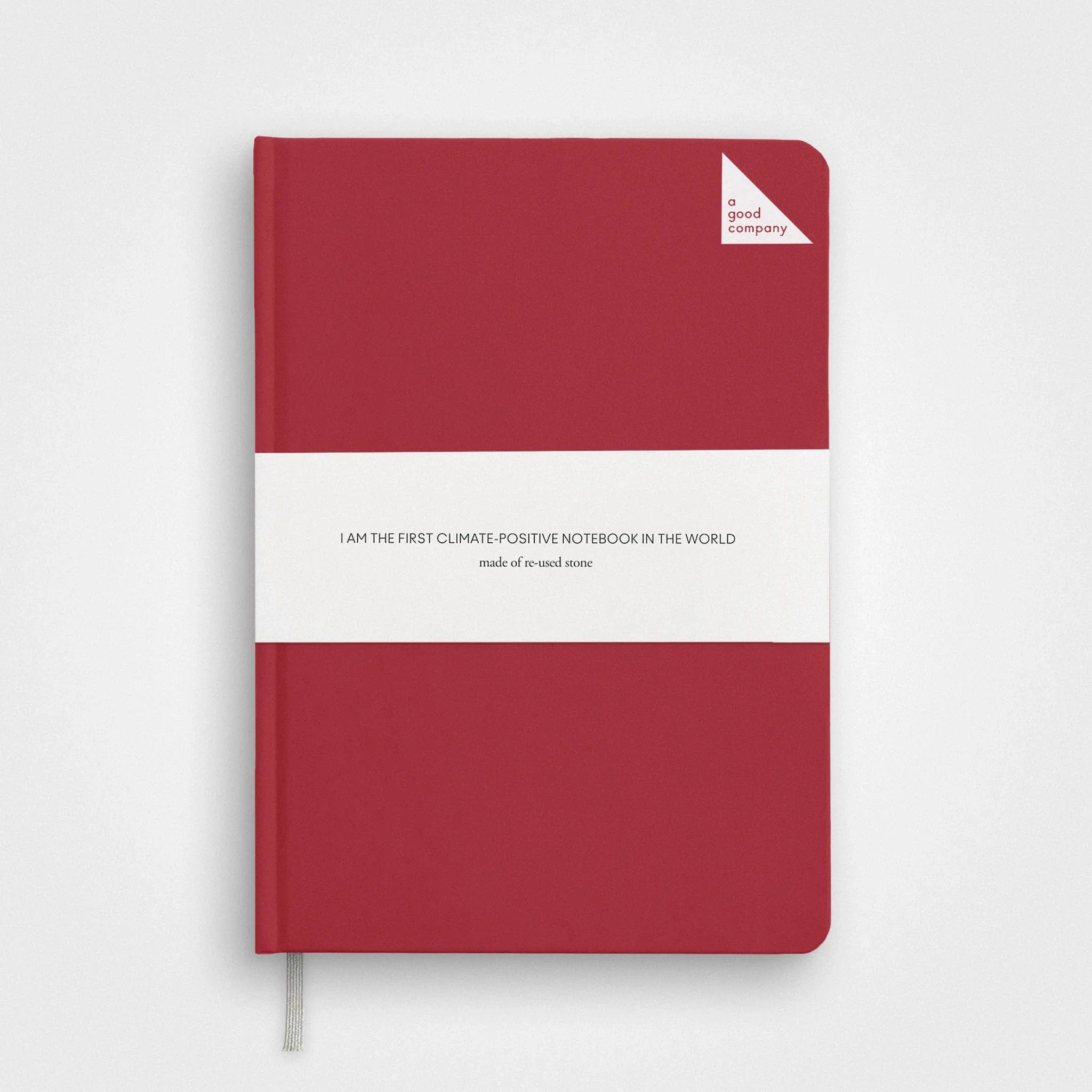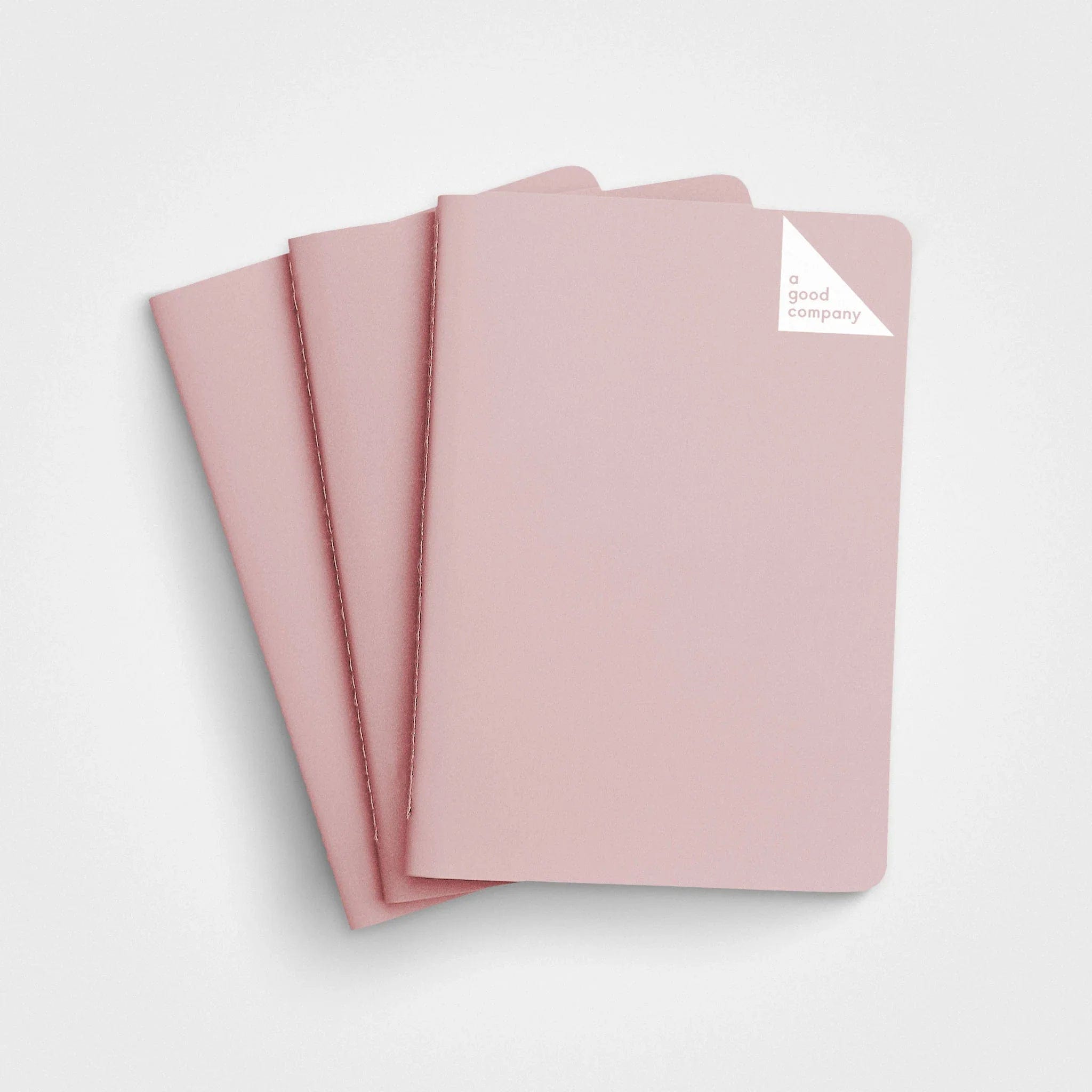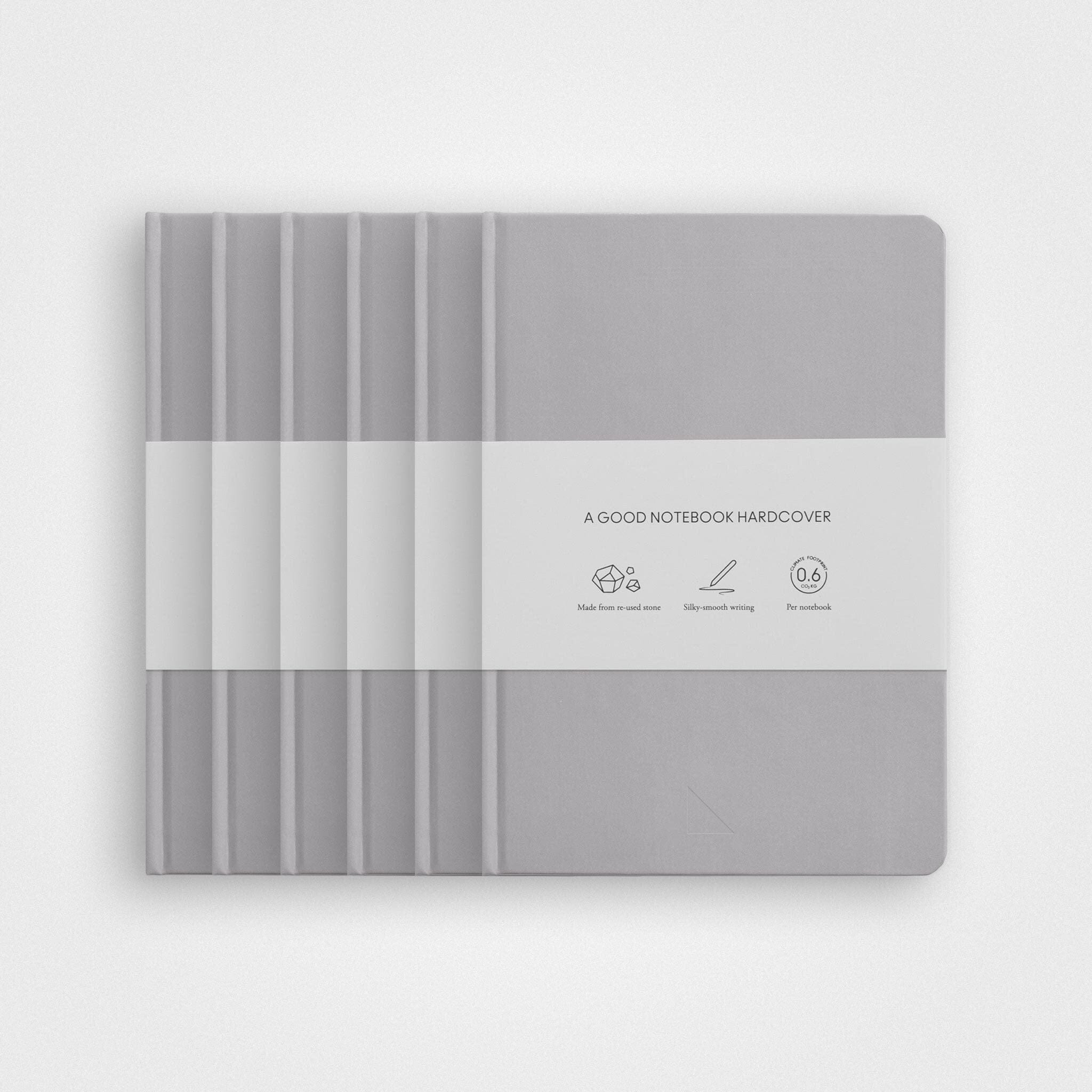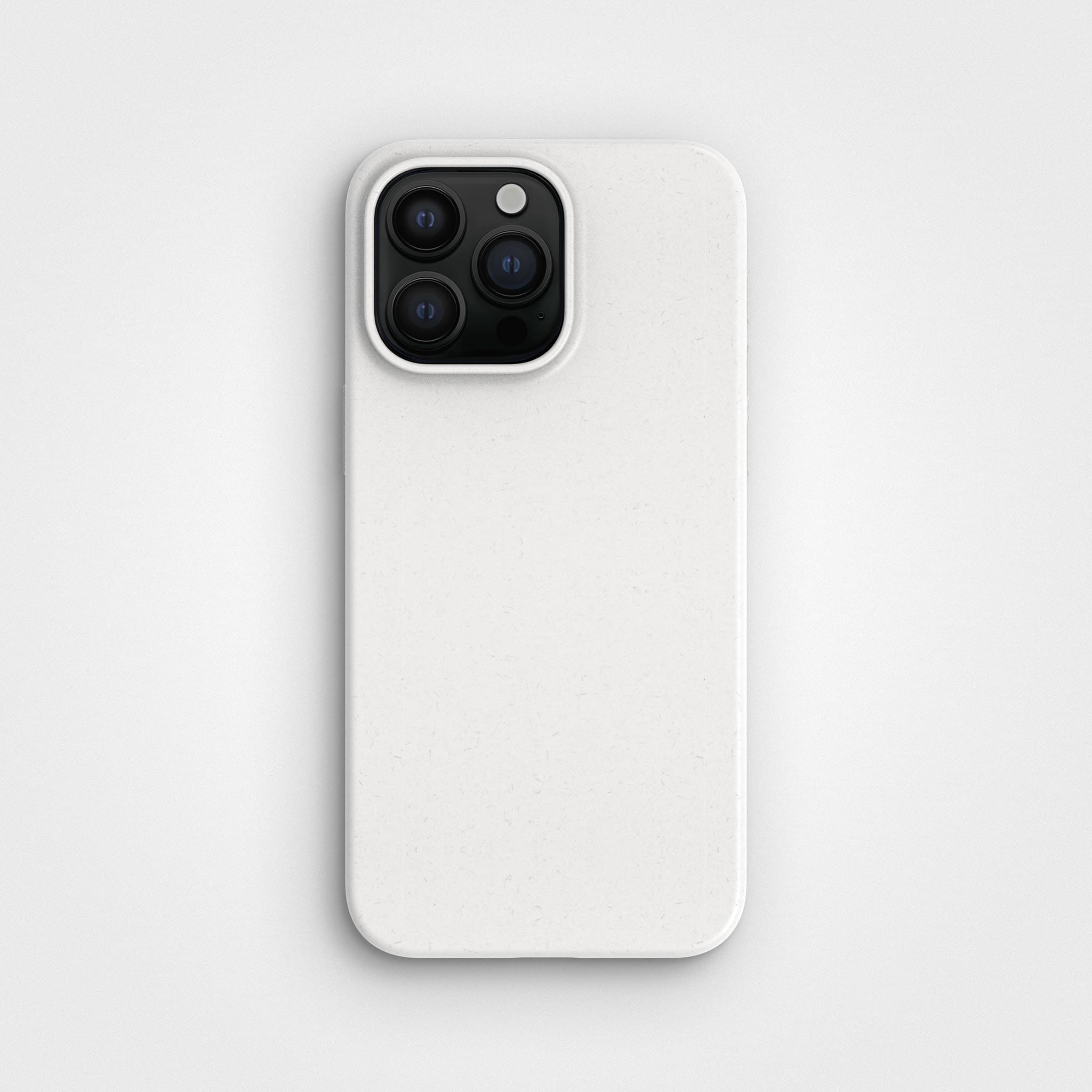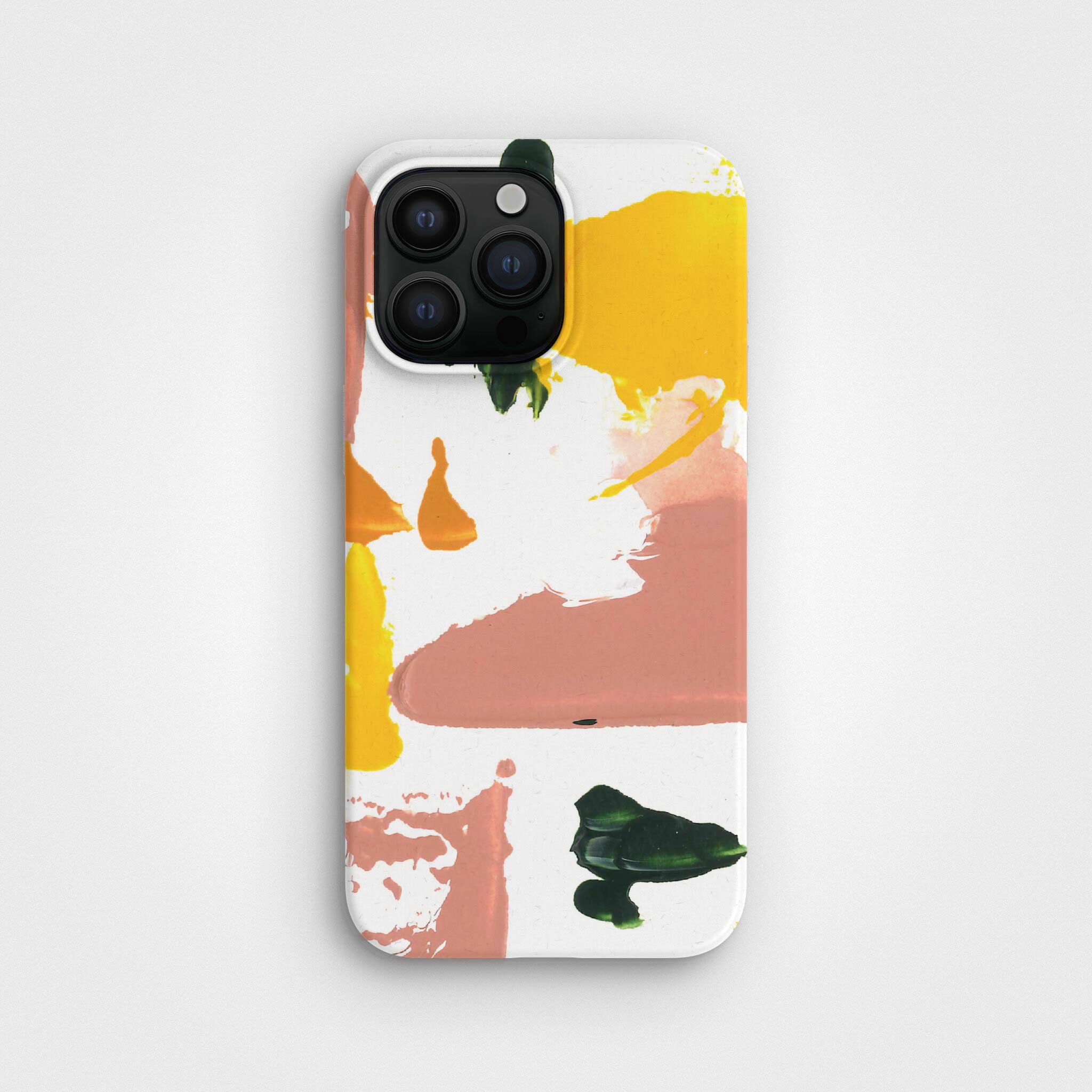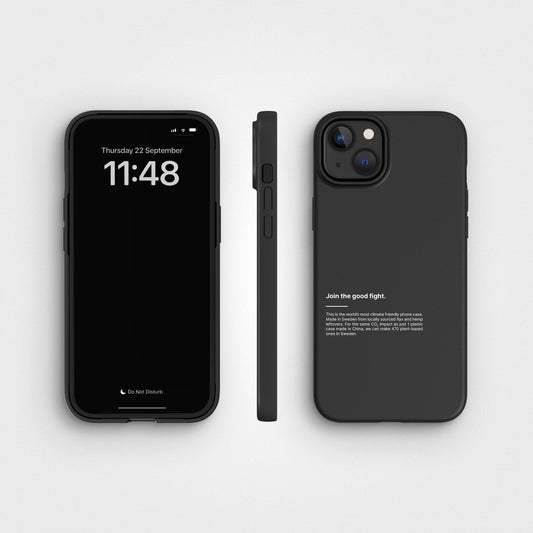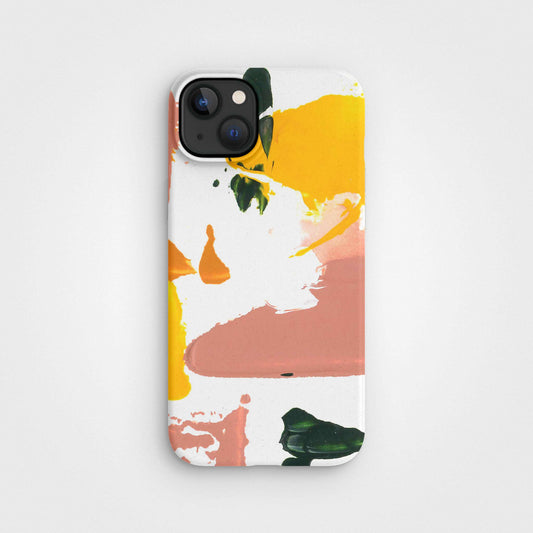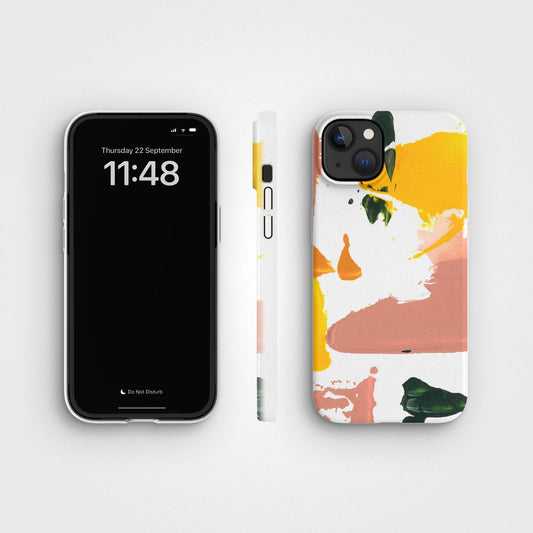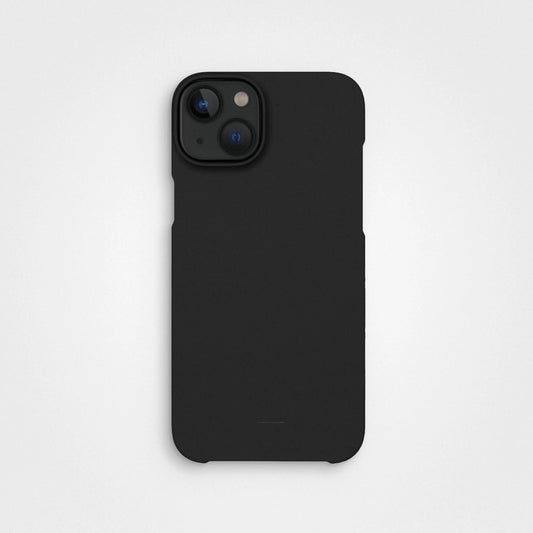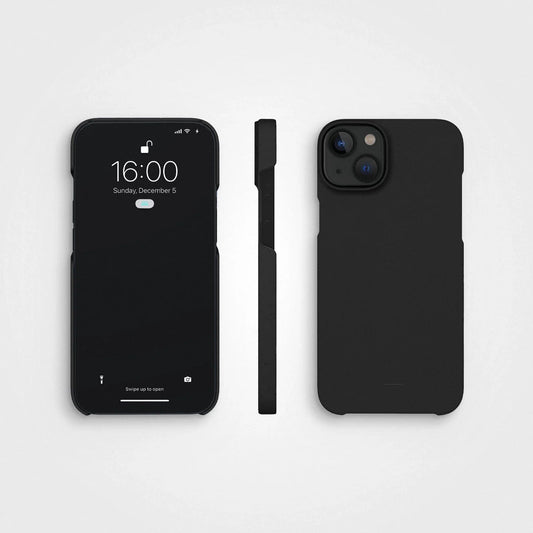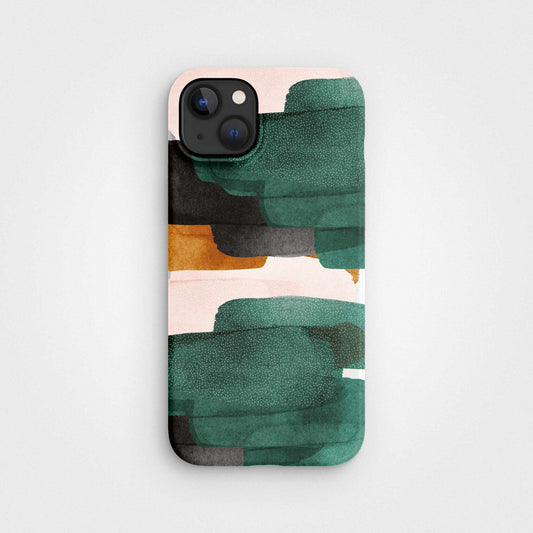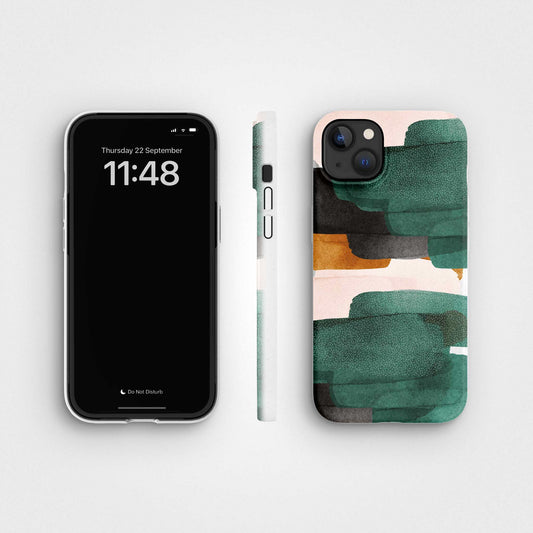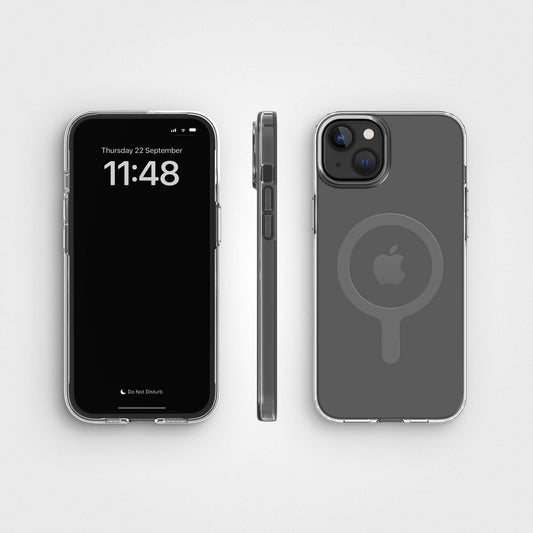When it comes to sustainability, we often hear about the importance of recycling. But lately, upcycling has been gaining attention too. While both play a role in reducing waste, they do so in distinct ways. So, what’s the difference between the two, and how can understanding them help us make better choices?
Let’s break it down!
Quick links
-
What is recycling?
-
What is upcycling?
-
Recycling vs. upcycling - the key differences
-
Why do both matter for a sustainable future?
-
How you can incorporate recycling and upcycling into your life
What is recycling?
Recycling is something most of us are familiar with - breaking down an item to create something new. For example, when you recycle plastic bottles, they are melted down to create new products. This process keeps waste out of landfills and gives old materials a second life.
Pros of recycling:
- Reduces waste: Recycling cuts down on the amount of trash sent to landfills, which helps reduce pollution and greenhouse gases.
- Saves energy: Making products from recycled materials often uses less energy compared to using raw materials.
Cons of recycling:
- Quality degradation: With some materials, like plastic, recycling can lead to a loss in quality. This means that not all recycled items can be used to create high-quality products.
- Needs a lot of resources: Recycling processes require resources, like water, which can sometimes offset the environmental benefits.
As we can see, recycling is a vital part of sustainability, but it is not perfect. That is where upcycling comes in.

What is upcycling?
Upcycling is a bit different. Rather than breaking an item down, upcycling involves reimagining it into something new and often better than it was before. Upcycling gives materials a second life, but instead of going through a complicated recycling process, it is about finding a new purpose for old items.
Examples of upcycling:
- Furniture: Turning an old door into a table, or using wooden pallets to make a bed frame.
- Fashion: Repurposing old clothes into new outfits, like turning a pair of jeans into a trendy tote bag.
- Home decor: Using wine bottles as candle holders, or turning glass jars into plant pots.
With upcycling, creativity is your only limit! It’s a great way to create one-of-a-kind pieces and adds a unique, personal touch to your items.
Our upcycling story - can old moulds turn into new bottles?
For example, our old iPhone and Samsung mould toolings can be repurposed and upcycled to create new thermal bottles. It’s a perfect example of how upcycling turns what might have been discarded into something new and functional, showing that, with a little creativity, almost anything can be reimagined!
Recycling vs. upcycling - the key differences
The process
Recycling is all about breaking down materials into their most basic forms. Think of it as a way to strip down items like plastic bottles, paper, or metal into raw materials. Once broken down, these materials are then reformed and manufactured into new products. For instance, recycling plastic might involve melting it down and remoulding it into new items like containers or synthetic fabrics.
Upcycling skips the breakdown process altogether. Instead of tearing items apart, upcycling gives them a new life by repurposing them. An old ladder could be turned into a shelf, or an unused glass bottle could become a stylish vase. Upcycling retains the material’s original form but creatively transforms it, adding value without extensive processing.
Energy use
Recycling, while incredibly valuable for waste management, often requires significant energy. Breaking down materials like plastic or metal consumes energy and, in some cases, additional resources like water or chemicals. These processes can contribute to carbon emissions, even though the overall impact is still generally lower than creating products from virgin materials.
Upcycling, on the other hand, tends to be far less energy-intensive. Since it doesn’t involve breaking materials down to their core elements, there is no need for energy-heavy machinery or industrial processes. Upcycling typically involves some manual labour, creativity, and perhaps a bit of DIY spirit, making it a low-energy way to extend the life of an item.
End product quality
Recycling can sometimes result in a slight decrease in the quality of the material. For example, recycled plastic may lose some of its original strength or flexibility, making it less ideal for certain uses. This can also be true for paper, where recycled paper might not be as strong as its original counterpart. That’s why we are so proud of our stone paper made from stone waste in our notebooks. No compromises here, no waste water, no chemicals, just a great sustainable option we are excited to share.
Upcycling, however, often results in a product that’s equal to or even better than the original. Since upcycling involves reimagining the material in its current form, there is no degradation. If anything, there is an upgrade. The final product is not only functional but also unique, as upcycling allows for creativity that can enhance both aesthetic and practical value.
Why do both matter for a sustainable future?
Both recycling and upcycling play a crucial role in reducing waste and promoting sustainability. And here is why:
- Recycling is essential for managing large amounts of waste and creating a circular economy. It makes sense for materials that can’t be reused in their current form. With recycling, we save raw materials and reduce energy usage.
- Upcycling, on the other hand, promotes creativity and reduces our need for new resources. It’s especially beneficial for items that would otherwise be thrown away but can still be useful in some form.
Together, recycling and upcycling help reduce the demand for new materials, save energy, and decrease pollution. They’re both important in the fight against climate change, but upcycling adds that extra layer of personal involvement and creativity.
Circularity and agood loop™
At our company, we take this commitment further with agood loop™, our circular system. This allows customers to return their old agood phone cases, which we then regrind and use in future production, creating zero waste and a sustainable loop.
How you can incorporate recycling and upcycling into your life
You don’t need to make any drastic changes to live more sustainably. It’s all about those small, everyday choices that add up over time. Whether it is repurposing an old item or making sure you are recycling right, there are plenty of easy ways to start making a difference.
Here are some simple ideas to help you bring a little more recycling and upcycling into your life today.
Get familiar with your local recycling rules
Each city has different rules, so take a moment to check them out. Knowing what can and can’t be recycled will help you avoid contaminating the recycling stream.
Get creative with upcycling projects
Upcycling projects can be as simple or as creative as you like, turning everyday items into unique, functional pieces. Look around your home for items that you are about to throw away. Can you transform them into something useful or decorative? Maybe that old ladder could become a shelf, or that worn-out sweater could be cut into cleaning rags.

Support brands that prioritise recycling and upcycling
Many companies are now offering products made from recycled or upcycled materials. By supporting these brands, you are encouraging more businesses to adopt sustainable practices. Look for items like upcycled phone cases, recycled notebooks, or reusable bottles.
Donate instead of disposing
If you have items you don’t need anymore but are still in good condition, consider donating them. It’s a simple way to give them a second life and help others in the process.
Final thoughts
Both recycling and upcycling bring something valuable to the table when it comes to sustainability. Recycling does wonders for reducing waste and giving raw materials a fresh start, while upcycling lets us turn what we already have into something totally new and exciting.
Before you toss that empty bottle or old sweater, take a second look. Could that bottle be recycled? Or maybe, with a little imagination, it could become a vase or a homemade bird feeder? An old t-shirt or sweater could be upcycled into reusable shopping bags, or even braided into a fun DIY rug.
See? Easy peasy! Small actions like these, when combined, help us push for a greener, more sustainable future. So, let’s keep looking for those opportunities and keep creating change!

